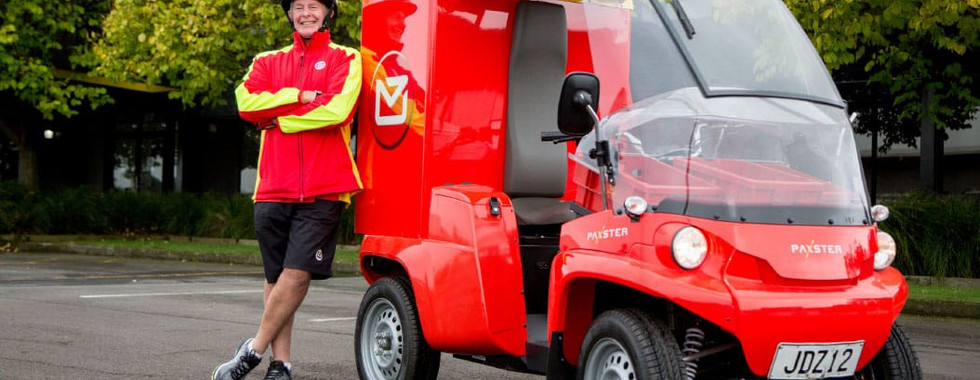Is a vehicle a 14 year old could drive one of the solutions for city mobility?
- Anthony MacLean | Boost Auto

- Mar 29, 2021
- 2 min read
Updated: May 24, 2021
boost blog #8
In the EU there is a classification of cars called Quadricycle, and some countries allow licence holders as young as 14 to drive them.
Images: GWM Ora Black Cat (charging) | Citroen Ami | Citroen Ami Concept | Wuling Hongguang Mini EV | Paxster | Renault Twizy
This half car half moped category allows drivers (riders) 14 and up to drive power restricted vehicles with a top speed of 45 km/h. To be clear there are two classifications of Quadricycle (L6e and L7e if you are interested) with differing power, speed and unladen weight limits. You need to be older to drive L7 vehicles, and not all of Europe allows 14 year olds to drive the L6e – in most countries you need to be 16.
The US has a category of vehicle called NEV, a Neighbourhood Electric Vehicle, with similar restrictions, typically for use in parks and tightly defined geographic areas.
China also has a similar category called Low Speed Electric Vehicles (LSEV). This category has exploded in China and the market leader is Wuling, who sell a vehicle called Hongguang Mini EV. It outsells Tesla and YTD it has sold 43,000 units (February). Why has it sold so well? One of the reasons is price, it starts at about $7000 NZD.
But here’s the thing – Kiwis love cheap cars. How else can you explain the 100,000 plus used imports we bring into New Zealand every year? What’s more the average commute to work in New Zealand is just 11 kilometres.[1] These LSEV could be a solution for many, especially as a second car and for urban deliveries.
And we already allow one Quadricycle under a special exemption. New Zealand Post has 5000 Paxster, the small red electric local delivery vehicles. Combined with local commuting and last mile delivery (the last bit of the spoke and hub model), these small EVs make a lot of sense.
So why don’t we allow speed and power restricted EVs in New Zealand?
New Zealand often has a pragmatic approach to legislation. We have CER (Closer Economic Relationship) legislation with Australia which makes trading between both countries easy. We don’t have specific Type Approval rules for new compliance, instead we allow vehicles to be sold that comply with ADR or EU Type Approval, Japanese Technical Standards vehicles and US Federal Standards here (with an approval lens passed over the top). Creating unique legislation in this space isn’t required, but adapting another country’s standards is the Kiwi way. We should apply that here and open the doors to driving down EV costs for businesses and consumers.
Lastly, because the starting price is so much lower, the incentives needed to nudge businesses and consumers towards electric would be much smaller. The first step is allowing the vehicles to be sold and registered here.
It's an easy win for New Zealand consumers, the NZ government, the pockets of Kiwi commuters and the environment.



















Comments